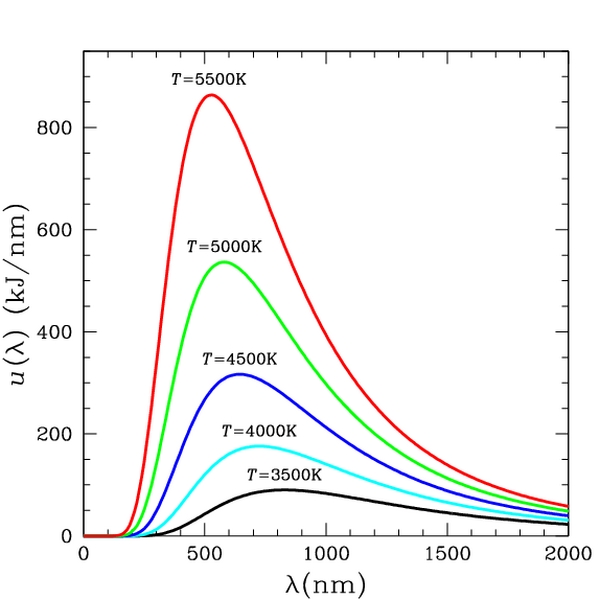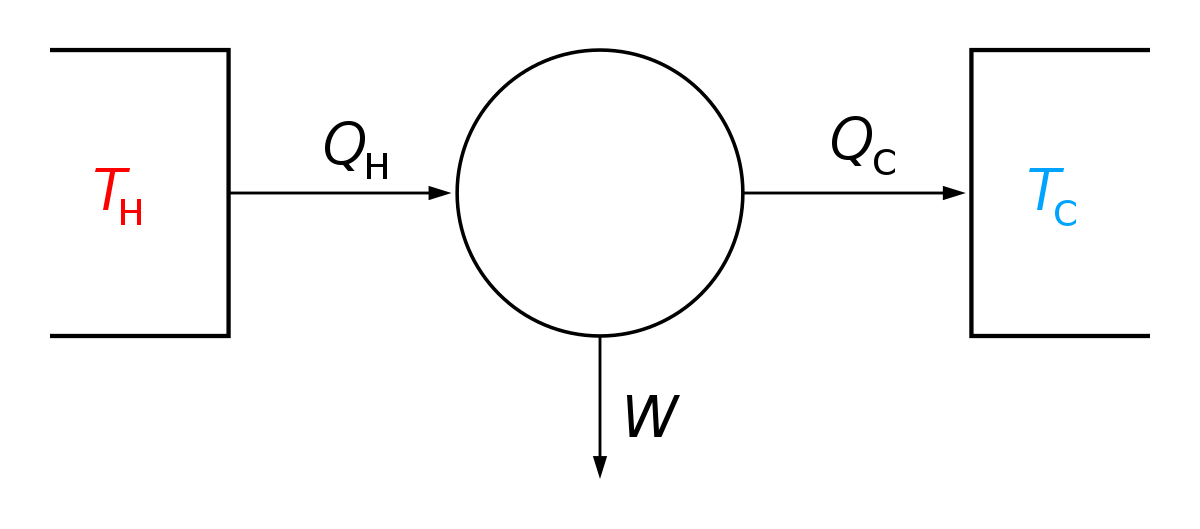I'll estimate the best case for vaporized asteroid material in a nuclear explosion. I'll take a 150-kt blast, with 628 TJ of energy.
The material is most likely stony, and as far as I can determine, stony asteroids have a composition similar to the Earth's mantle: silicates with lots of magnesium and iron, and not much aluminum. Thus being "mafic" or "ultramafic" by the standards of Earth rocks. A common mineral is olivine, which is (Mg,Fe)2SiO4. Another common one is pyroxene, XY(Si,Al)2O6 (X: Ca, Na, Fe, Mg, Zn, Mn, Li; Y: Cr, Al, Mg, Co, Mn, Sc, Ti, V, Fe).
Mineralogy of meteorite groups - RUBIN - 1997 - Meteoritics & Planetary Science - Wiley Online Library Both olivine and pyroxene are common in the Earth's mantle.
The closest I can come is
Properties of Molten Magnesium Oxide | PNAS - 3873.2 K (calculated)
I now have to find the specific heat, the heat of fusion (melting) and the heat of vaporization. From
10.10: Enthalpy of Fusion and Enthalpy of Vaporization - Chemistry LibreTexts (enthalpy is a way of stating heat energy) -- I notice that (heat of vaporization) / (boiling point) per mole (gram molecular weight) is approximately constant. I checked it against
Fusion and Evaporation Heat of common Materials and
 Enthalpy of fusion
Enthalpy of fusion and
 Enthalpy of vaporization
Enthalpy of vaporization
(heat of vaporization) / (temperature) in J / K / mol:
Acetone: 95, Aluminium: 105, Aluminum: 103, Aluminum: 109, Ammonia: 97, Bismuth: 139, Bromine: 86, Butane: 77, Carbon tetrachloride: 86, Chlorine: 85, Copper: 220, Diethyl ether: 85, Ethane: 80, Ethanol: 110, Ethyl Alcohol: 113, Gold: 106, Hydrogen: 45, Hydrogen (parahydrogen): 44, Iron: 108, Iron: 117, Isopropyl alcohol: 124, Lead: 88, Lead: 89, Lithium: 9, Mercury: 91, Mercury: 93, Methane: 73, Methane: 73, Methanol: 104, Neon: 67, Nitrogen: 73, n-Nonane: 82, Oxygen: 76, Oxygen: 76, Phosphine: 79, Propane: 68, Sodium: 85, Sulfuric acid: 84, Water: 109, Water: 109, Water: 109, Zinc: 109
It's a bit duplicative since I used multiple sources.
The heat of melting jumps around quite a bit, but it is usually much less than the heat of boiling, typically by a factor of 10 - 20.



